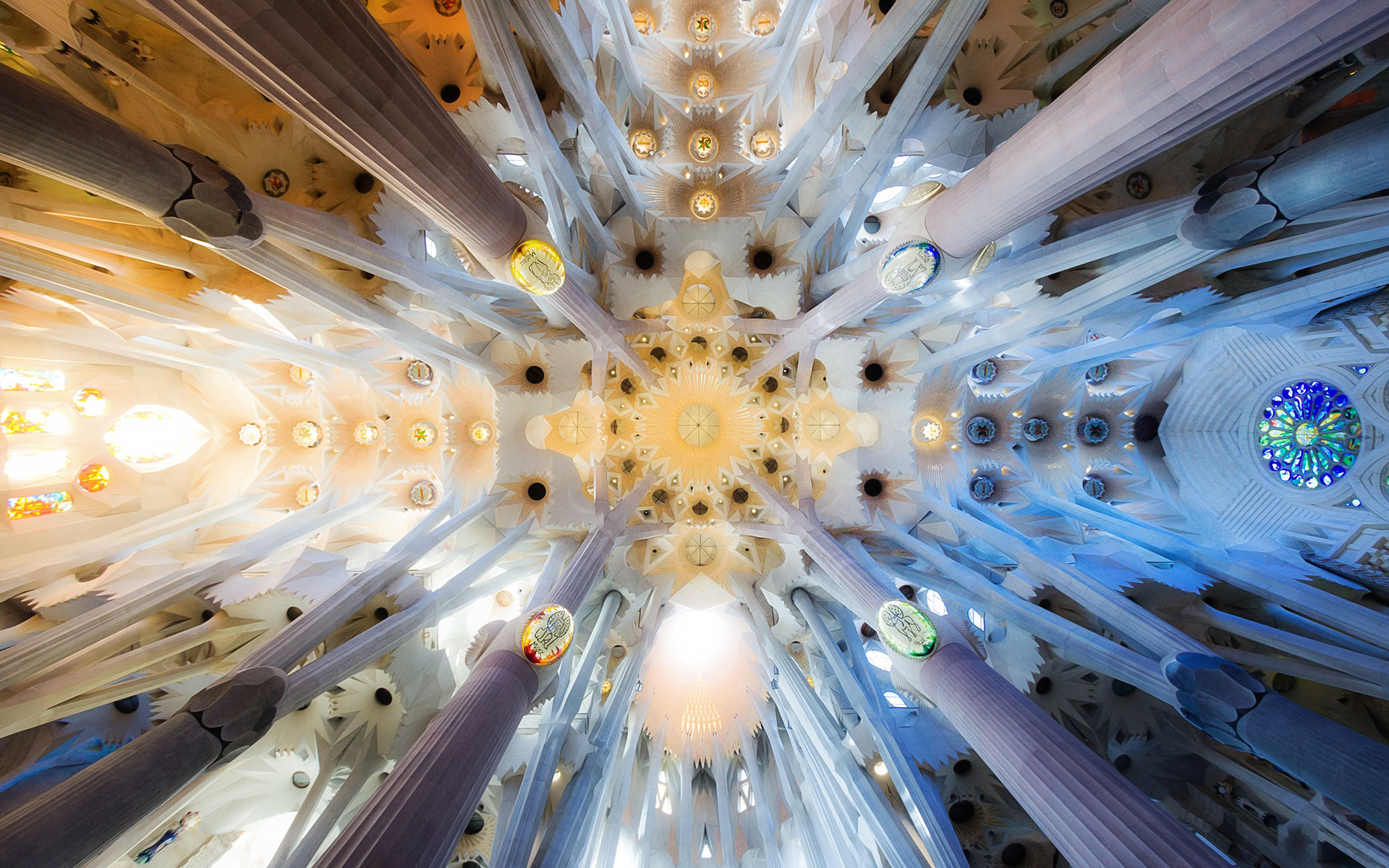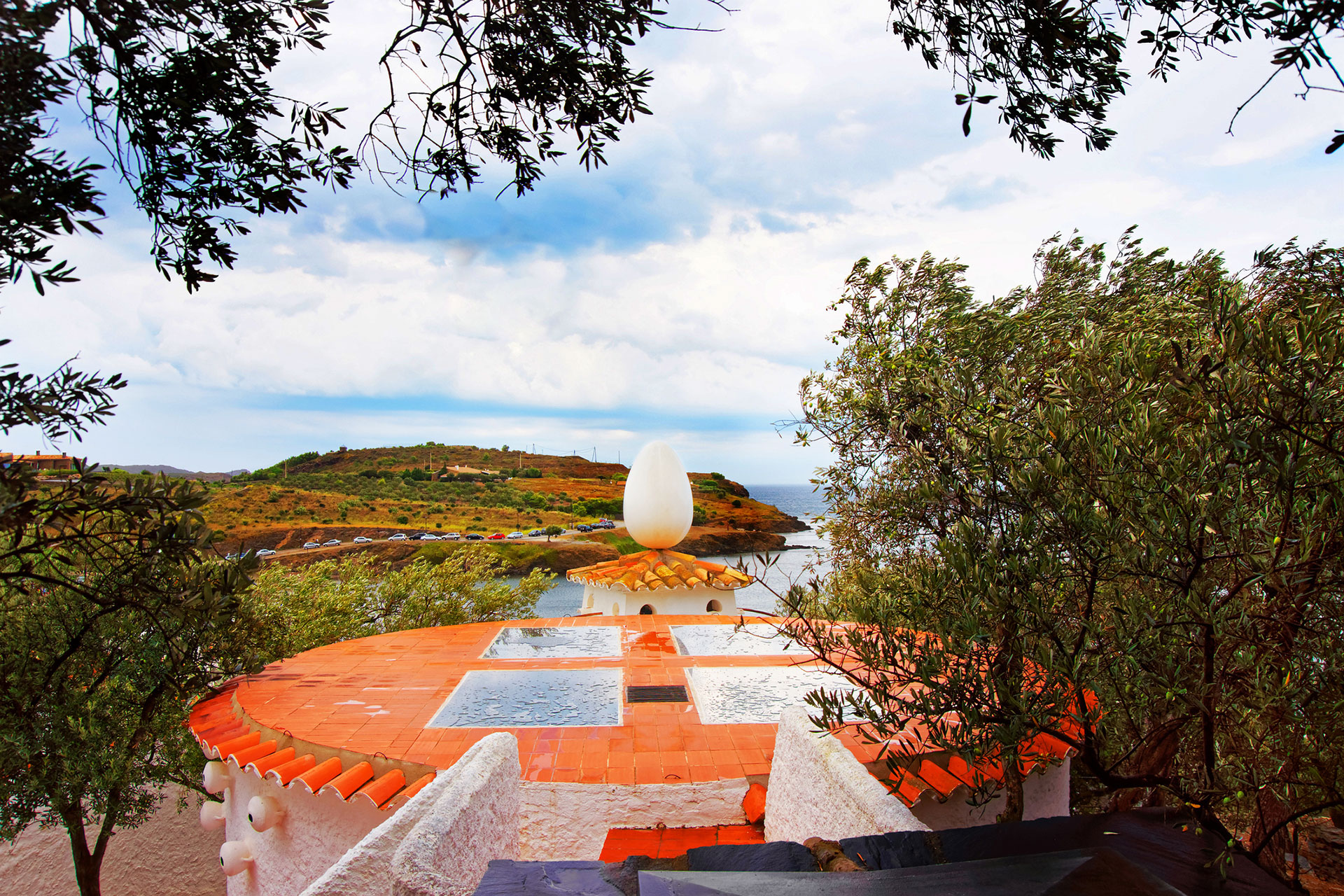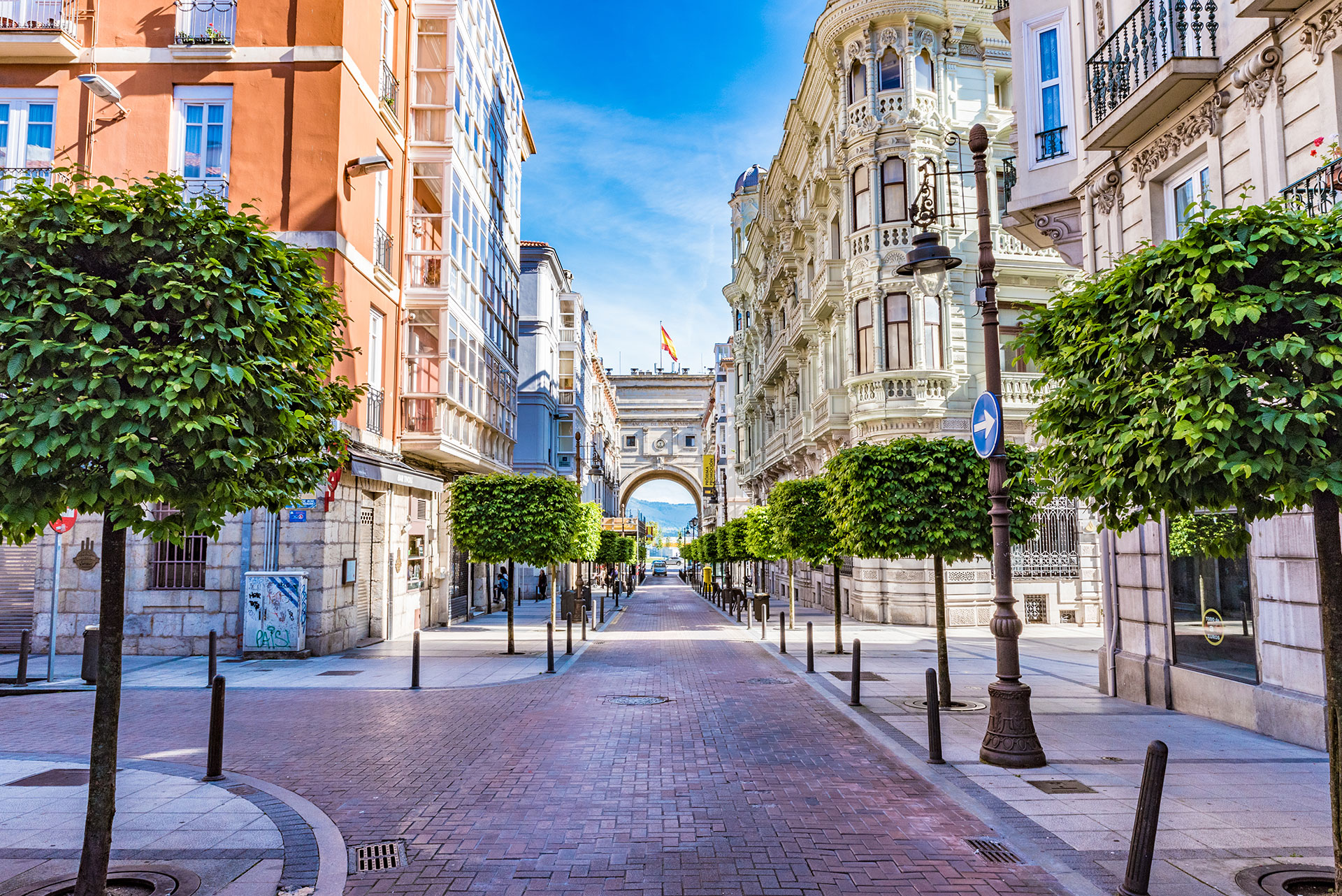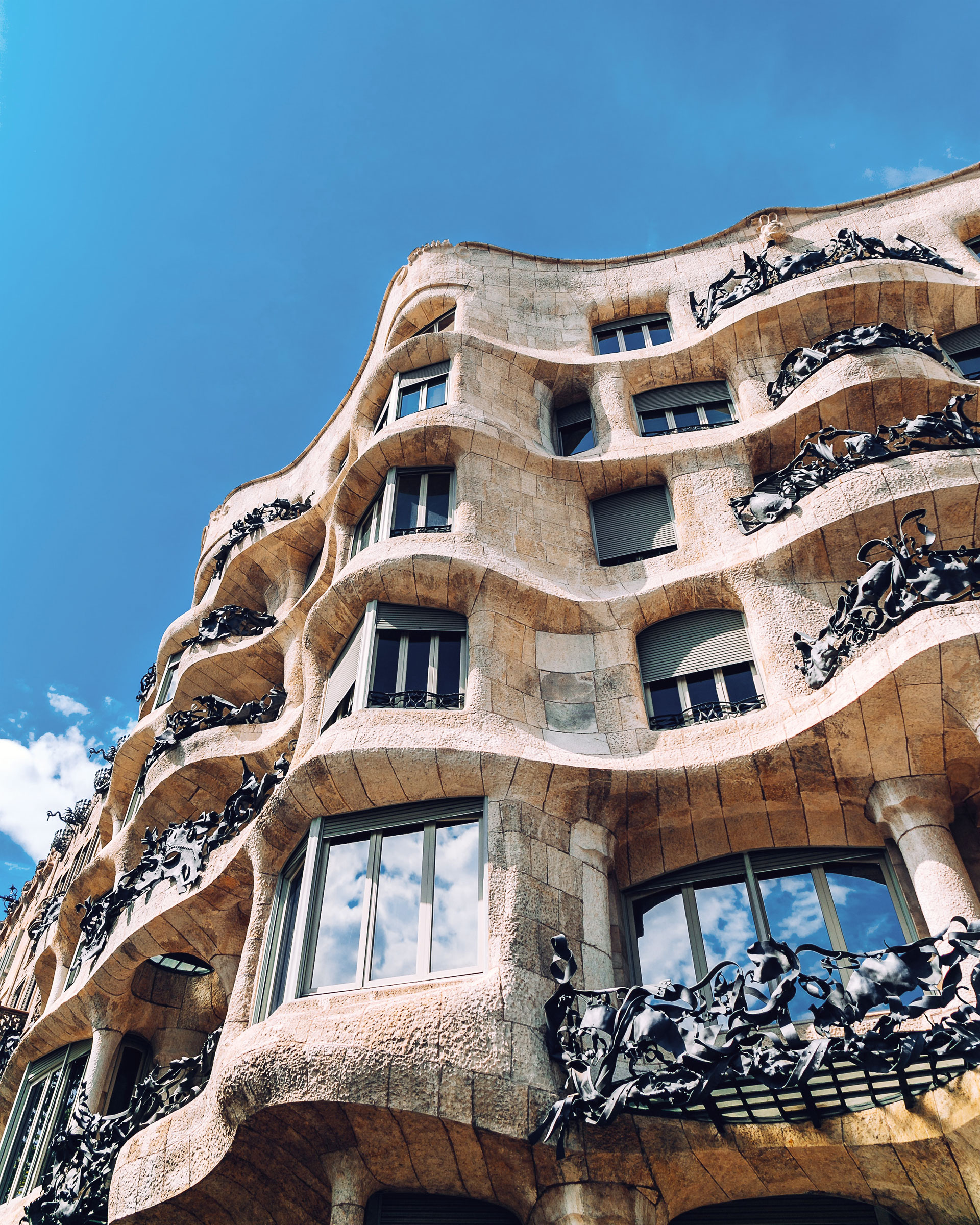
Everything from a single source:
cordiality, sun, art and much more
The first HELLER machine in Spain was installed in Madrid in 1924. Ever since, HELLER has been present in the Spanish market. In 2005, Heller Ibérica Machine Tools S.L. began with the marketing of machines from L’Ametlla del Vallès (Barcelona) and providing after-sales service from Santander (Cantabria). The main activities of HELLER Spain include sales of machines and spare parts and after-sales service (repairs, retrofits and maintenance). Pilar González in Barcelona is responsible for spare parts, Lucía Galán in Santander for the hotline and the deployment of service engineers. Moreover, HELLER Spain also supports the Portuguese market. Currently, HELLER services more than 220 active machines in the field in Spain and Portugal.
TEXT Tania Campillejo, Pilar González & Ana Maria Regales
PHOTOS Florencia Potter / Claudio Testa /
Takashi Images / RomanBabakin
Places to visit near the location
and throughout the region
Barcelona
Barcelona is the capital of Catalonia and known for its Modernism (art nouveau). At the turn of the 19th century, the burgeoning textile industry brought substantial wealth to Catalonia and during the period, many impressive buildings were erected. The best known architect of Modernisme is Antoni Gaudí, who also designed La Sagrada Familia Cathedral and Park Güell. Today, the La Sagrada Familia Cathedral is the most famous landmark of Barcelona. The building was designed to be seen from any point in the entire city. The cathedral has been consecrated since but is still unfinished and construction works continue. Completion of La Sagrada Familia is planned for 2026.
Barcelona is a modern and busy city but also offers beaches and mountains nearby. The Catalan capital has two local mountains: at the summit of Mount Tibidabo visitors can enjoy a theme park, whilst the extensive parks on famous Mount Montjuïc invites visitors to linger. With a height of 173 metres, visitors enjoy a magnificent view over the city, the Mediterranean and Barcelona’s hinterland. If you want, you can also go on a trip with the funicular. Further highlights not to be missed include the Olympic Stadiums and the numerous museums.
Approx. 1.65 million people live within the municipal area of Barcelona, whilst the metropolitan region has about five million inhabitants.

Cadaqués
The fishing village Cadaqués is on the Costa Brava and was once the home of Salvador Dalí. The eccentric artist is regarded as the master of surrealism and was inspired by the quiet and peaceful life in the village of Cadaqués. Today, his house in Portlligat is an important museum. Its maze-like structure seems to take visitors into another dimension.
Another highlight is Cadaqués International Music Festival which takes place every August, attracting numerous visitors.

Sitges
Apart from the marvellous beach with a palm tree-lined promenade, the seaside town of Sitges offers numerous opportunities for sports, including sailing, surfing, water skiing, tennis or golf.
Further highlights are the flower carpets decorating the streets in the week before Corpus Christi and the International Film Festival held every year in October in Sitges, focusing on horror and fantasy films.
Santander
Santander is a popular seaside resort in northern Spain. The climate is rougher and more unpredictable than on the Mediterranean coast, but the landscape is also greener. The main attractions of Santander include the famous beach El Sardinero, the beach promenade and the La Magdalena peninsular. The cultural highlights of Cantabria’s capital include the coastal route of the Camino de Santiago that passes Santander and the nearby Altamira Caves, both World Cultural Heritage Sites.

Those who have been to visit can confirm: “The food is excellent in Santander.” Not only at the seaside but also in the mountains of the hinterland. Cantabria’s capital offers a great variety of gastronomic specialities with fresh seafood being among the culinary delights.
L’Ametlla del Vallès
The small Catalan village of L’Ametlla del Vallès has a rural character and approx. 7,000 inhabitants. At the beginning of the 20th century, the wealthy city residents started building summer residences in L’Ametlla, located at about 30 kilometres from Barcelona. Looking for nature and tranquillity, an increasing number of families moved from the capital to the village in recent decades.
L’Ametlla lies at the foot of Mount Puiggraciós. At its summit is a small convent which to this day is inhabited by three Benedictine nuns. The attractions at the centre of the village include the beautiful town hall, a typical Catalan plane-tree alley and several buildings in the Modernism style. Many were designed by the well-known architect Joaquin Raspall.
After an extensive hike or a bicycle tour through the magnificent landscape around L’Ametlla make sure to enjoy the excellent Catalan cuisine served in the numerous restaurants within the region.


